The Raspberry Pi SBC is one of the most popular development board options available today, and the Raspberry Pi comes in a variety of flavors, from the Raspberry Pi 2, 3 and 4 to the Raspberry Pi Zero and Zero W "maker" boards. Now, the Raspberry Pi Foundation has gone a step further and released its own processor: the RP2040 MCU.
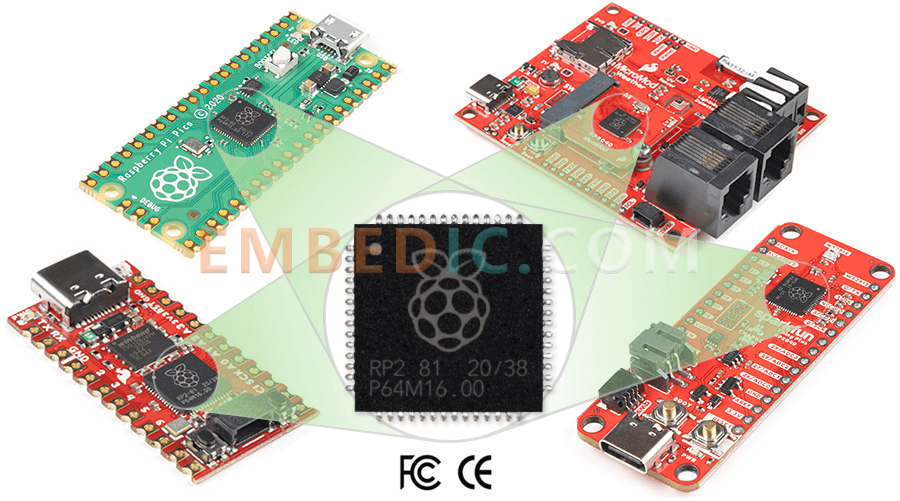
The Raspberry Foundation is launching its first MCU development board with the powerful homegrown RP2040 chip in January 2021. Commonly known as the Raspberry Pi Pico, the board has gained a lot of attention for its minimal price of $4 and programmable IO. In addition, the RP2040 chip provides more features to the board, making it a perfect choice for development boards.
Let's learn more about the RP2040 SoC and understand why it is such a popular development board chip. In addition to the architectural hardware design, a number of factors make it stand out from other chips.
The RP2040 SoC is a 32-bit dual-core chip with ARM Cortex M0+ running at 133 MHz. As a result, the RP2040 chip is much faster than other options in its motherboard class, such as Pico, whose chips have low frequency clocks in the 10-20 MHz range.
These cores can also support overclocking frequencies up to 400 MHz, making them even faster in intensive applications.
Because both cores of the RP2040 SoC operate at relatively high speeds, the chip supports a considerable amount of computational data processing power. This makes it suitable for machine learning use cases that require a lot of data processing power, which is not lost on the creators of RP2040-based development boards that are compatible with TensorFlow Lite Micro.
Some of these boards support applications such as person detection, gesture detection, and speech recognition. But more on that later.
Higher frequency clocks are only useful if the memory bandwidth is also increased. the RP2040 is equipped with 264 KB RAM, which is much larger than the 32 KB RAM commonly found on many mainstream MCUs.
In addition, the RP2040 chip has 2 MB of flash memory and supports 16 MB of external flash memory via the QSPI connector.
The RP2040 SoC features low dynamic power consumption and multiple low power modes. The low power rating provides flexibility for battery-powered applications and is therefore useful in mobile applications.
Although the RP2040 has a higher power rating than competitive chips, its high-speed core and the performance it generates justify the power consumption.
The RP2040 is manufactured by Raspberry Pi Foundation on 40 nm TSMC silicon wafers and designed in a 7 × 7 mm QFN-56 SMD package. The compact integration of system peripherals reduces the form factor and lowers the manufacturing cost of the chip.
As mentioned in the previous sections, many hardware companies have released MCU development boards using the RP2040 SoC from Raspberry Pi Foundation. However, other development boards are often designed for specific use cases and come with some additional features.
Adafruit has designed two RP2040 development boards, Adafruit Feather and Adafruit ItsyBitsy, both of which offer flexible software support through CircuitPython, MicroPython and C/C++ languages.
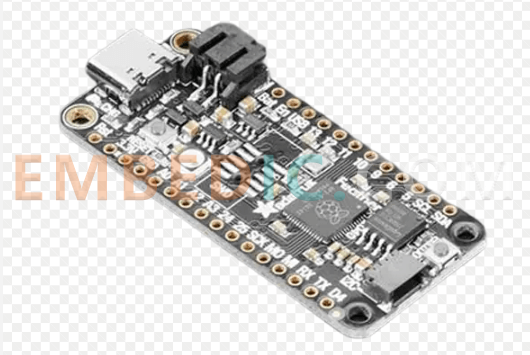
In addition, the 264 KB RAM and 4MB SPI flash memory stocked on the board leaves plenty of space for firmware and application code to be fully utilized.
The Adafruit Feather RP2040 has 21 GPIO pins, fewer than the 23 GPIO pins of the Adafruit ItsyBitsy. x 18 mm x 4 mm.
The fact that the Arduino hardware itself has the SoC of the Raspberry Pi makes the development board very popular. Of course, this is because the performance of the RP2040 hardware and the powerful Arduino software support make it ideal for developers and hobbyists alike.
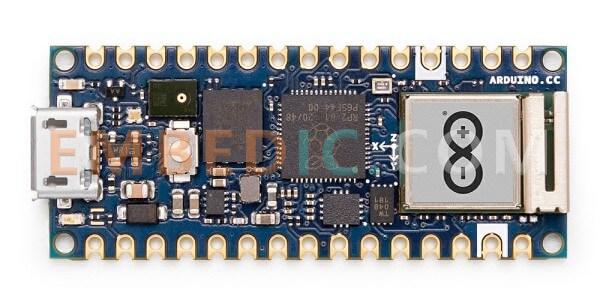
The Arduino Nano RP2040 connectivity board is a bit costly because it comes with Wi-FI and Bluetooth connectivity. This opens up many avenues for innovative embedded development projects with wireless technology as well as various IoT application ideas.
SparkFun has developed two RP2040 development boards, SparkFun Micro Pro - RP2040 and SparkFun Thing Plus - RP2040, both equipped with the same 264 KB SRAM and 16 MB Flash memory as other RP2040 based development boards. However, 30 GPIO pins, including ADC pins and a WS2812 addressable LED, are common between the two boards, but these features make them stand out from some of the competition.
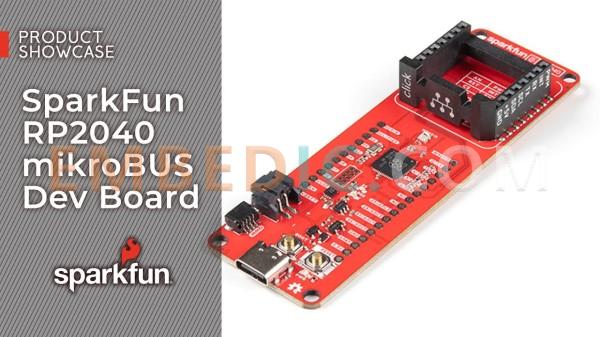
The SparkFun Micro Pro supports C/C++ and MicroPython, while the SparkFun Thing Plus also supports CircuitPython. size wise, the SparkFun Micro Pro is smaller than the SparkFun Thing Plus.
Since the RP2040 chip offers high speed dual cores and high frequency clocking, various RP2040 development boards have been dedicated to machine learning use cases. For example, the Arducam Pico4ML board and SparkFun's MicroMod RP2040 card have become the best choice for machine learning applications.
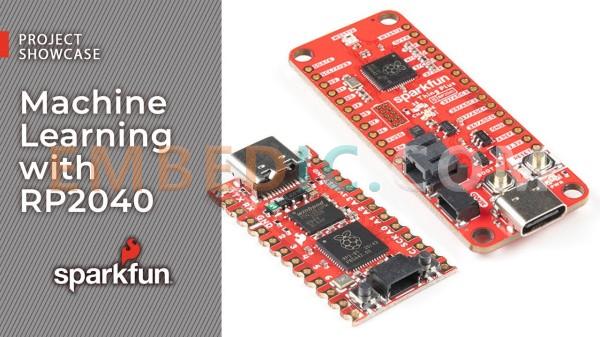
The Arducam Pico4ML features an on-board LCD and a variety of sensors for person detection, gesture detection, and speech recognition, and the integration of the RP2040 chip with these sensors provides a great option for affordable machine learning applications.
The SparkFun MicroMod RP2040 M.2 add-on card can be used with different SparkFun carrier boards, such as SparkFun's ML carrier board with two microphones and a 3-axis accelerometer for real-time data collection. Thus, the integration of SparkFun MicroMod cards with ML carrier boards opens up a large number of machine learning use cases.
Popularity of the RP2040 SoC
The RP2040's high speed, low power consumption and low cost make it a popular choice for MCU development boards. In addition to the development boards mentioned in this paper, several companies are developing RP2040 development boards.
Manufacturer: Texas Instruments
IC DSP FIXED-POINT 361NFBGA
Product Categories: DSP
Lifecycle:
RoHS:
Manufacturer: Texas Instruments
IC DSP FIX/FLOAT POINT 841FCBGA
Product Categories: DSP
Lifecycle:
RoHS:
Manufacturer: Analog Devices
IC DSP 12BIT 400MHZ 120LQFP
Product Categories: DSP
Lifecycle:
RoHS:
Manufacturer: Microchip
IC MCU 32BIT 32KB FLASH 28QFN
Product Categories: 32bit MCU
Lifecycle:
RoHS:
Looking forward to your comment
Comment